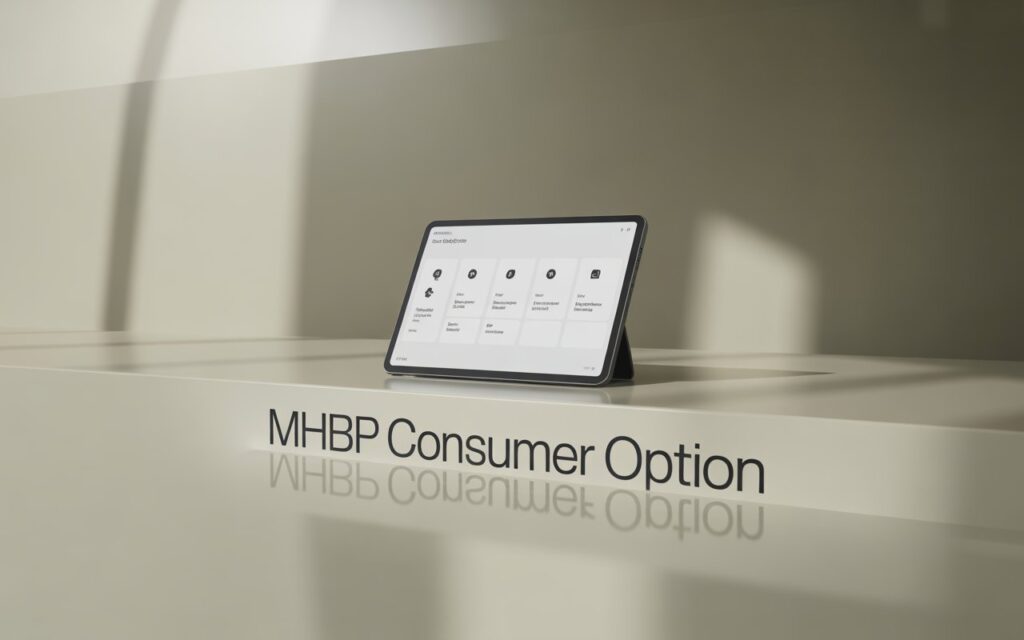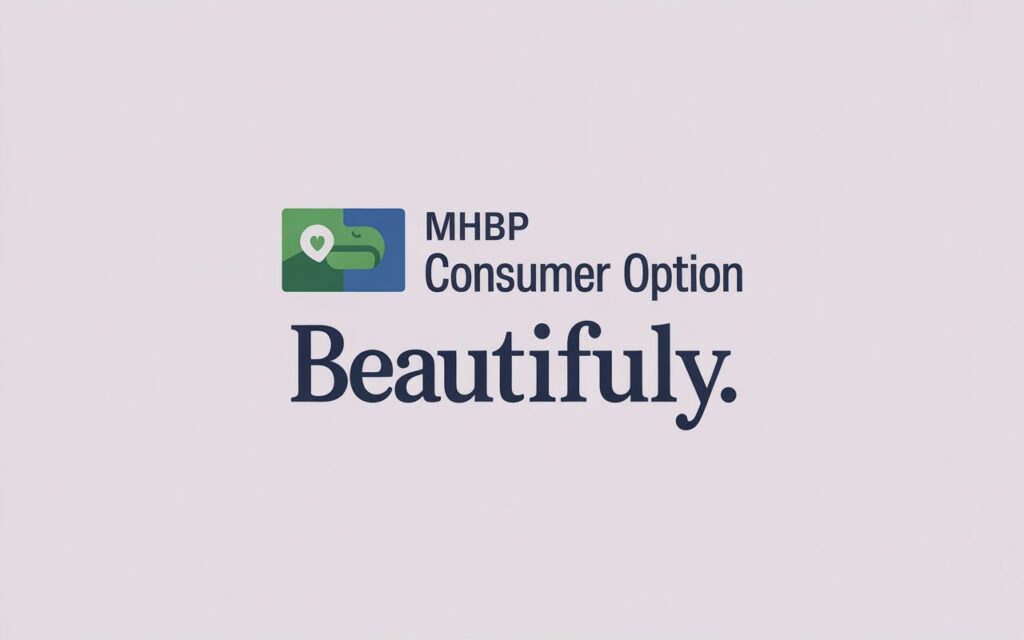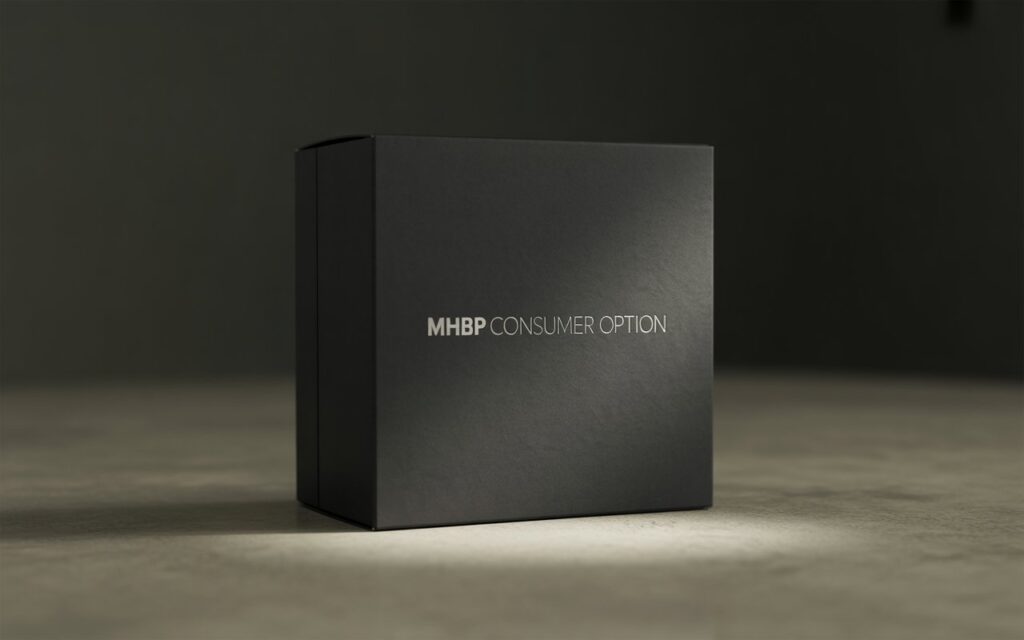MHBP Consumer Option HDHP and USPS Employee Health Insurance Reform 2026
Choosing the right health plan is one of the most important financial and personal decisions for federal workers and retirees. For USPS employee health insurance, the MHBP Consumer Option HDHP is one of the most trusted choices. This plan not only provides solid coverage but also adapts to new changes in the Postal Service Health Benefits (PSHB) system beginning in 2026.
With reforms like the USPS health insurance reform 2026 and new PSHB enrollment rules for retirees, employees, annuitants, and their dependents need clear and updated information. This article explains the MHBP Consumer Option and MHBP health savings account (HSA) benefits, premium costs, and how the transition to the Postal Service Health Benefits Program 2026 will impact both current workers and USPS retirees and dependents health insurance.

MHBP Consumer Option HDHP
The MHBP Consumer Option is a high-deductible health plan (HDHP) that allows members to combine traditional coverage with tax-saving tools. One key benefit is the MHBP Consumer Option health savings account (HSA), which helps employees set aside money tax-free to pay for medical costs. For many USPS employees, this makes it easier to handle costs for things like alternative care visits chiropractic acupuncture or prescription medicines.
This option also provides strong network preventive care coverage at no cost when members use in-network providers. Services like annual checkups, screenings, and vaccines are covered. After meeting the deductible, members enjoy low copayments after deductible, which reduces out-of-pocket expenses. Combined, these features make the MHBP Consumer Option an affordable and flexible plan that adapts to modern healthcare needs.
2026 Consumer Option Rates and Cost Overview
The MHBP Consumer Option rates 2026 are structured to meet the needs of individuals, couples, and families. Members can choose from self-only, self plus one, or family coverage. These choices help balance affordability with access to quality care.
The Federal biweekly premium rates USPS workers will pay in 2026 remain competitive compared to other Federal Employees Health Benefits (FEHB) plans. On top of this, the Lab Savings Program USPS coverage and reduced drug costs make the plan even more cost-effective. Premiums also include contributions to an MHBP health savings account (HSA), giving employees more flexibility in handling health expenses.
Federal Biweekly Premium Rates for 2026
| Enrollment Type | Biweekly Premium (Employee Share) | HSA Annual Contribution |
| Self Only | $82.50 | $1,200 |
| Self Plus One | $179.20 | $2,400 |
| Family | $188.75 | $2,400 |
Employees and retirees should always confirm rates through the OPM health insurance platform or their agency, as costs may vary depending on location and job classification.

Postal Service Health Benefits (PSHB) Explained
Starting in 2026, the Postal Service Health Benefits Program 2026 will replace FEHB coverage for USPS workers, retirees, and dependents. This change is part of the USPS health insurance reform 2026, designed to control costs while still maintaining access to quality healthcare.
For PSHB open season enrollment 2026, workers will use the LiteBlue USPS employee portal and KeepingPosted.org USPS health program. The Employee and Labor Relations Manual (ELM) and collective bargaining agreements health coverage will continue to guide how health benefits align with employee contracts. These tools ensure workers know exactly what is covered, including maternity care coverage USPS employees, telehealth, and preventive care.
Benefits of Choosing MHBP Consumer Option
The MHBP Consumer Option HDHP offers unique benefits for USPS retirees and dependents health insurance and active employees. Members gain access to Teladoc Health telehealth services, which makes it possible to consult doctors online 24/7. They can also visit CVS MinuteClinic services for common medical needs without long waits.
The plan covers alternative care visits chiropractic acupuncture, giving members flexibility in choosing different treatments. For retirees, there are updates through the NPMHU health benefits updates and the LiteBlue PSHB updates, which keep members informed about changes. These tools allow workers and retirees to make smart health decisions and adapt to reforms like the PSHB Medicare Part B exceptions.
Medicare and USPS Health Insurance Reform 2026
The USPS health insurance reform 2026 introduces new rules for how Medicare works with postal health benefits. For most retirees, enrolling in Medicare Part A and Medicare Part B will be required. This change is called the Medicare Part B requirement USPS retirees rule. The goal is to reduce costs for both the government and retirees by having Medicare serve as the first payer.
However, there are exceptions. People with Department of Veterans Affairs health benefits, Indian Health Services eligibility exception, or other special circumstances may qualify for PSHB Medicare Part B exceptions. Retirees will get official notices from the Social Security Administration (SSA) notice Medicare to explain their options. By combining Medicare with USPS annuitant health coverage, retirees gain stronger protection against high medical bills.
How to Enroll in PSHB 2026
Enrollment in the Postal Service Health Benefits Program 2026 will take place during the regular open season. Workers will use the LiteBlue USPS employee portal, while retirees will have access through KeepingPosted.org USPS health program. The process is similar to past Federal Employees Health Benefits (FEHB) enrollment, but with new PSHB enrollment rules for retirees.
Those nearing retirement should carefully review their USPS annuitant health coverage options. Checking updates through LiteBlue PSHB updates and official USPS communications ensures no one misses deadlines. Active employees should also look at collective bargaining agreements health coverage to confirm how the PSHB transition affects them.
Case Study: USPS Retiree Transition to PSHB
Consider a postal worker retiring in 2026 after 30 years of service. Under the new USPS health insurance reform 2026, they must enroll in Medicare Part B requirement USPS retirees. Their premiums under the MHBP Consumer Option rates 2026 for self plus one will be $179.20 biweekly, with $2,400 contributed to their MHBP health savings account (HSA).
By combining Medicare Part A and Medicare Part B with their MHBP Consumer Option, they reduce hospital and outpatient costs significantly. With Teladoc Health telehealth services, they access care quickly from home. The retiree also uses CVS MinuteClinic services for urgent issues and saves money through the Lab Savings Program USPS coverage. This combination provides strong care while keeping costs manageable.

Why MHBP Consumer Option HDHP Fits USPS Employees and Retirees
The MHBP Consumer Option HDHP remains one of the strongest choices for postal employees and retirees entering the new Postal Service Health Benefits Program 2026. With affordable Federal biweekly premium rates USPS, contributions to the MHBP health savings account (HSA), and wide access to care through Teladoc Health telehealth services and CVS MinuteClinic services, this plan balances quality with cost savings.
The USPS health insurance reform 2026 and new PSHB enrollment rules for retirees mean changes are coming, but they also bring opportunities for better integration with Medicare Part A and Medicare Part B. With tools like the LiteBlue PSHB updates, KeepingPosted.org USPS health program, and guidance from the Employee and Labor Relations Manual (ELM), workers and retirees can make informed choices.
For active workers, retirees, and families, the MHBP Consumer Option provides strong coverage, adaptability, and peace of mind in the new era of USPS health insurance.
FAQS
- Will MHBP be available in 2026?
Yes — MHBP plans remain available for FEHB enrollment in 2026.
2. Is MHBP the same as Aetna?
No — MHBP is a separate union-sponsored health plan that uses the Aetna network for provider services.
3. How much are MHBP dues per year?
The associate membership fee for MHBP is $52 annually to access MHBP plans. MHBP Federal Health Plans
4. Is MHBP only for postal employees?
No — while MHBP is strongly associated with postal workers, non-postal federal employees may enroll as associate members and access its plans.
5. Has the 2026 federal pay raise been approved?
Not fully — a 1 % base pay increase for most federal employees was proposed and sent to Congress but has not yet been enacted. federalnewsnetwork.com+1



